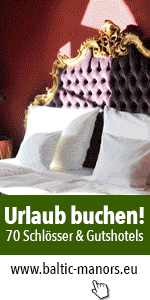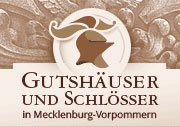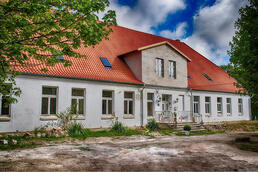Manor House Madsow
The Madsow manor house is a 13-axle half-timbered building on a boulder stone base with a central risalit and half-hipped roof, which was erected in 1781. The allodial estate was in possession of the von Bülow family as early as the 15th century. (An allodial estate is a property which the owner can freely dispose of and bequeath to others and where female succession is possible. Land freely held, without obligation of service to any overlord.)
Text and images by Michaela and Oliver Schapp
In 1612 the von Bülows sold the estate to the bourgeois Grelle family, which was a rare exception at the time. In 1777, the then emperor raised the Grelle family to the nobility and henceforth they called themselves von Grell. In 1787, only a few years after the completion of the manor house and after 175 years in family ownership, the von Grell family sold the estate to the von Levetzow family. From 1801 to 1916 the owners changed several times until in 1916 Alfred Vermehren from Mexico, son of German emigrants, purchased and managed the estate.
For a more representative appearance, he had a massive front wall added to the front facade. In 1922 he had the gatehouse and two large stable buildings built, one of which burned down in the 1990s.
After the expropriation through the land reform in the Soviet occupation zone after World War II, Alfred Vermehren returned to Mexico with his wife and child. Nowadays three of his grand children still live in Mexico, where they farm, raise livestock, and grow orchids.
Up to the "Wende", the collapse of the GDR (and the subsequent reunificationof Germany) in 1990, the estate belonged to the community and the manor house served various purposes, such as a cinema, a co-op shop, a school, a library, as collection point for eggs from the village, as a kindergarten etc. and of course, as living space for up to seven families.
In 1997, Peter Marx purchased the manor house from the municipality of Hageböck and thus saved it from the planned demolition. In the following years, he had the east wing converted for his own use and part of the westwing as a holiday flat. Parts of the ground floor and the first floor / atticremained unused.
Structure of ownership prior to 1945:
| 15th Century until 1612 1612 |
|
| 1612 - 1787 |
Grelle family, as from 1777 von Grell |
| 1787 - 1801 |
|
| 1801 - 1837 |
|
| 1837 - 1845 |
Hermann Georg Friedrich Fischer |
| 1845 - 1872 |
Gustav Bernhard Eugen von Storch |
| 1872 - 1883 |
Hans Röper |
| 1883 - 1898 |
Economic Expert Wilhelm Speetzen |
| 1898 - 1902 |
Economic Expert Hans Böbs |
| 1902 - 1910 |
Friedrich (father) und Friedrich (son) Jantzen |
| 1910 - 1916 |
Hauptmann (ret.) Hans von Passow |
| 1916 - |
Paul Matthies |
| Axel Hilgendorff |
|
| 1927/28/38/45 |
Alfred Vermehren |






